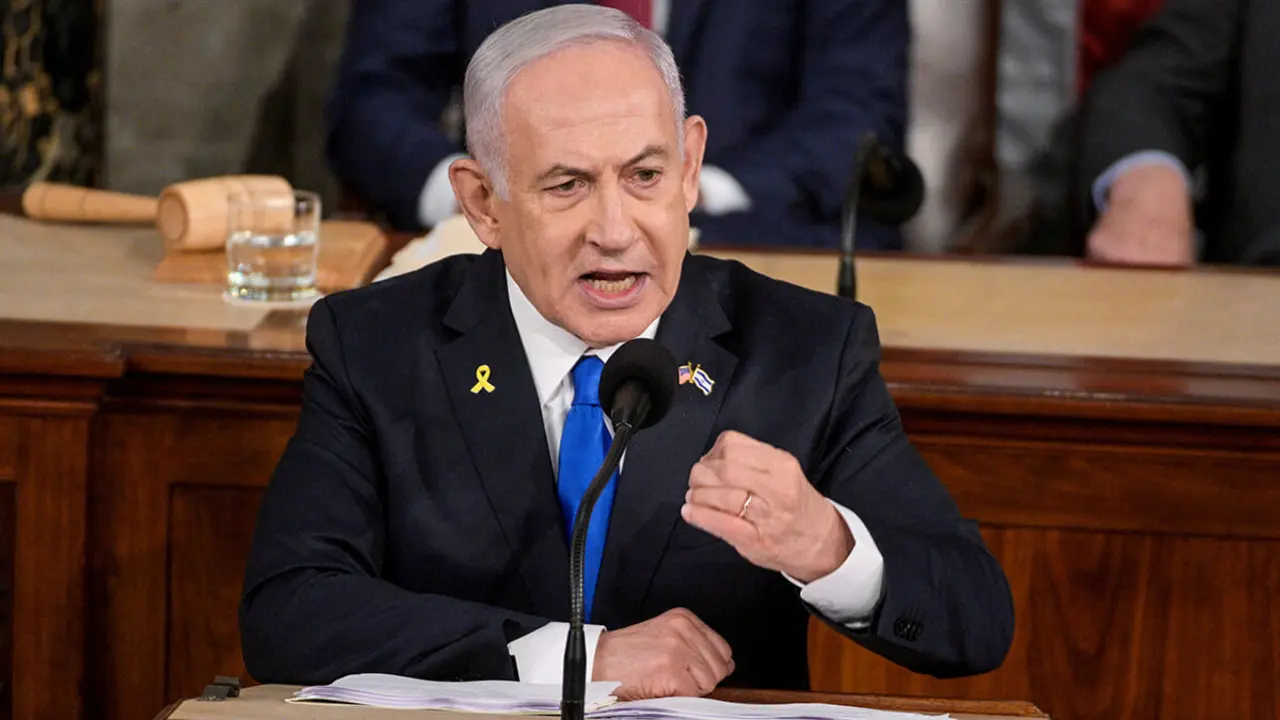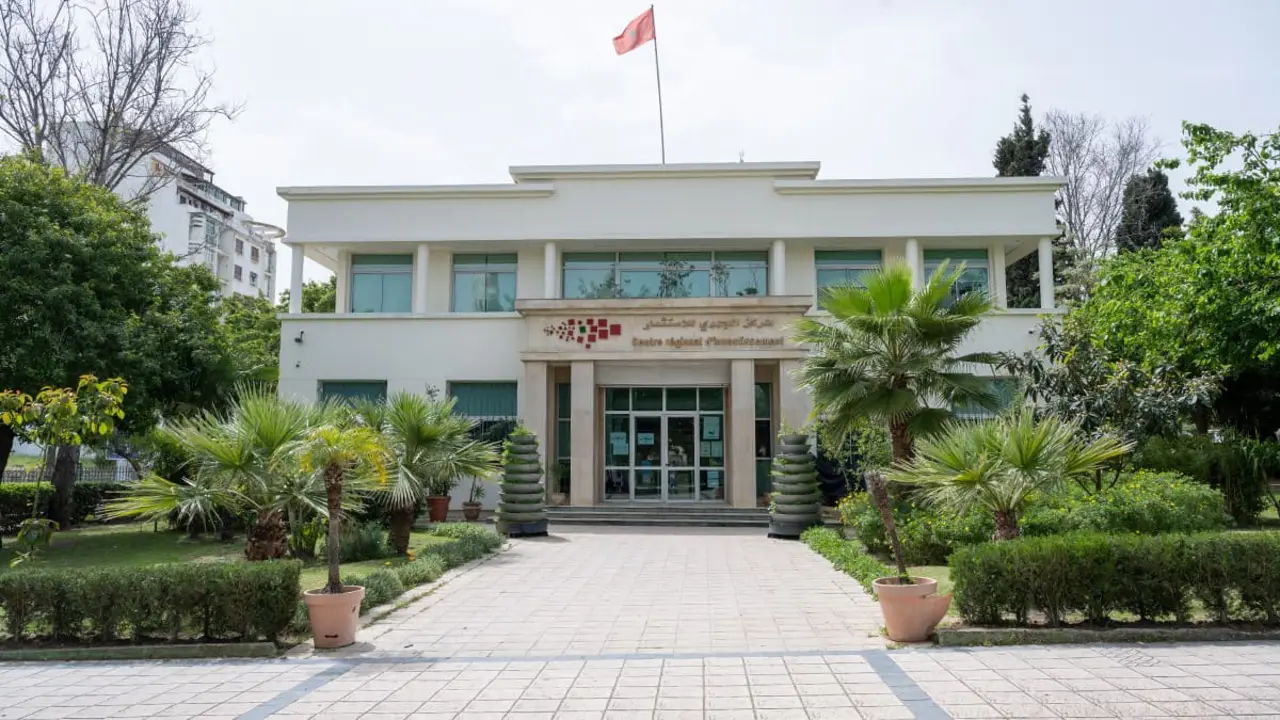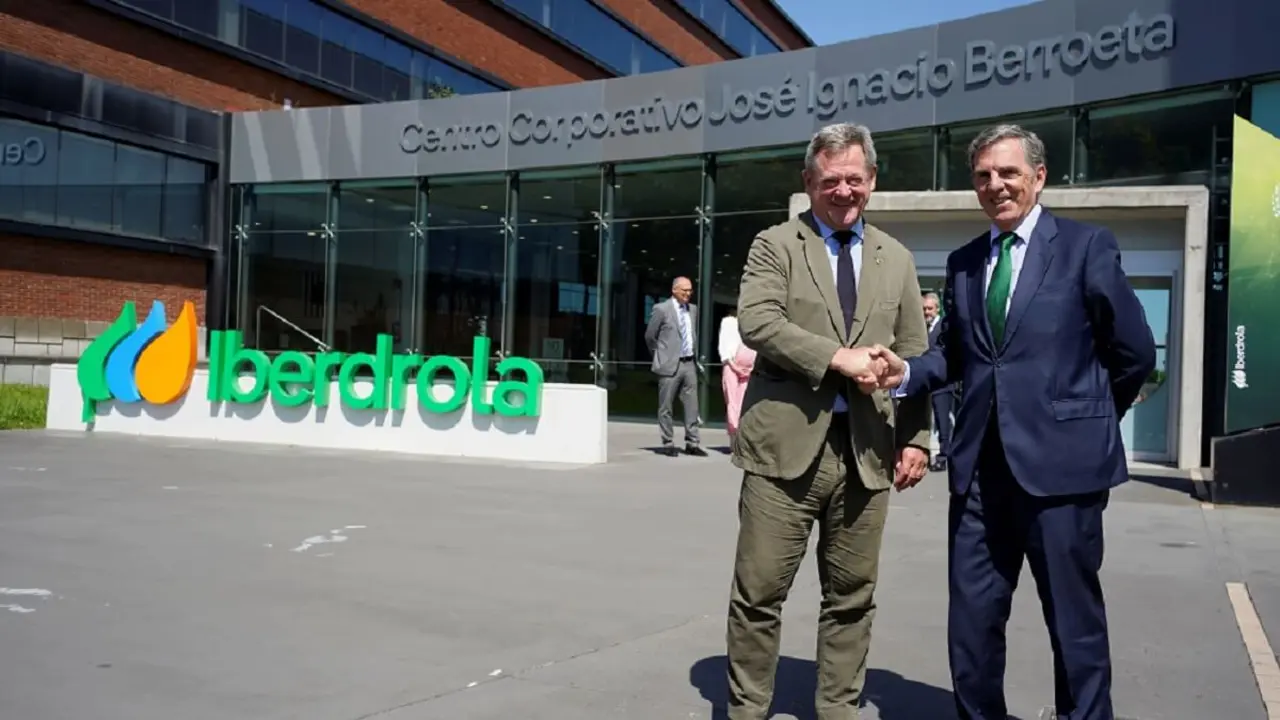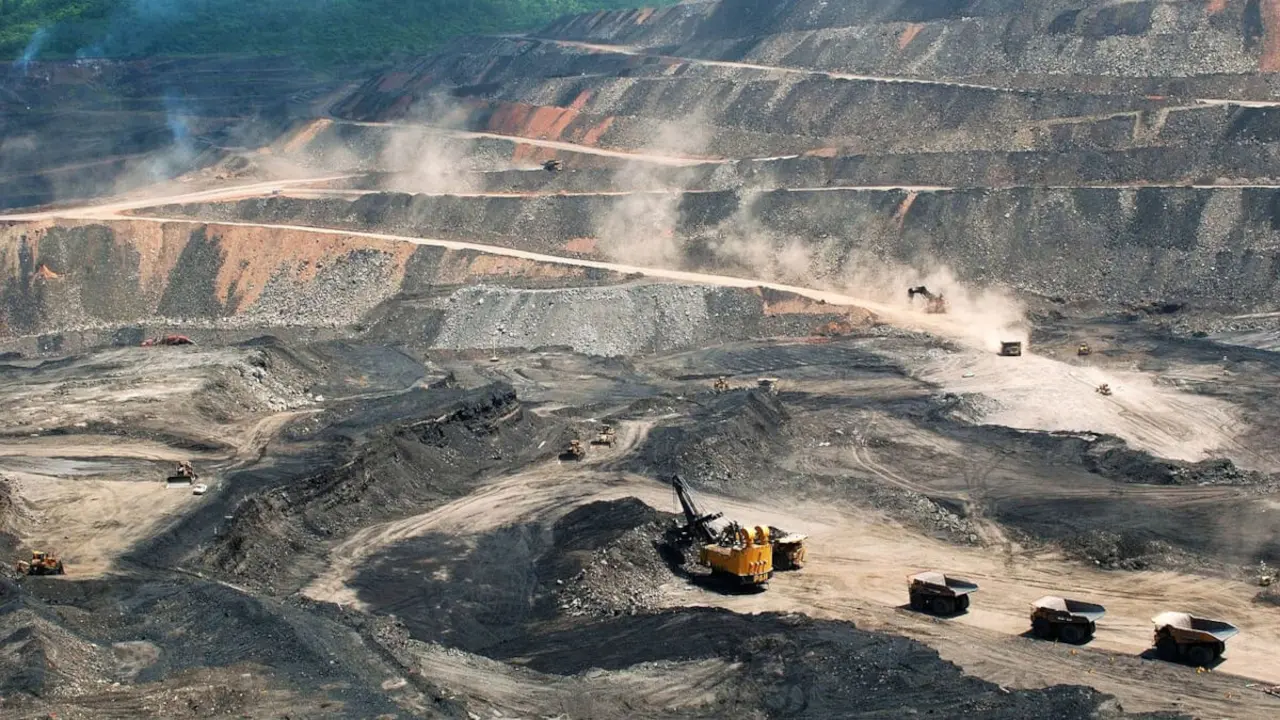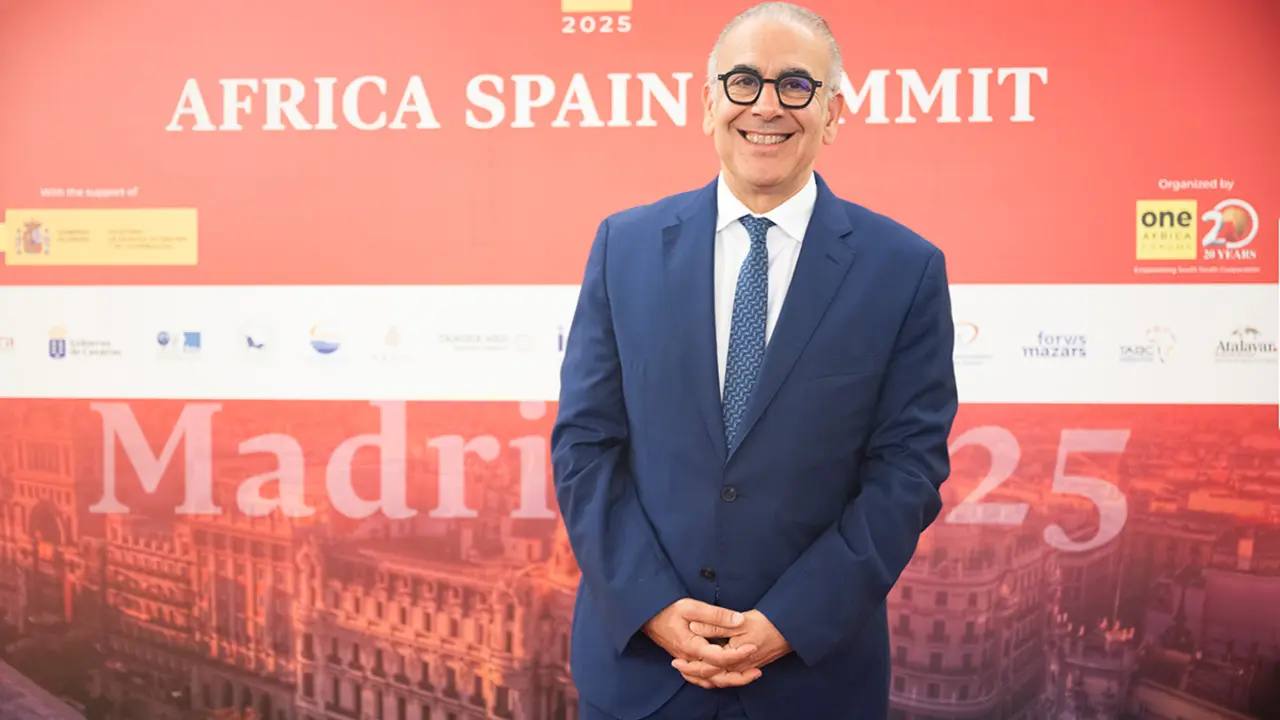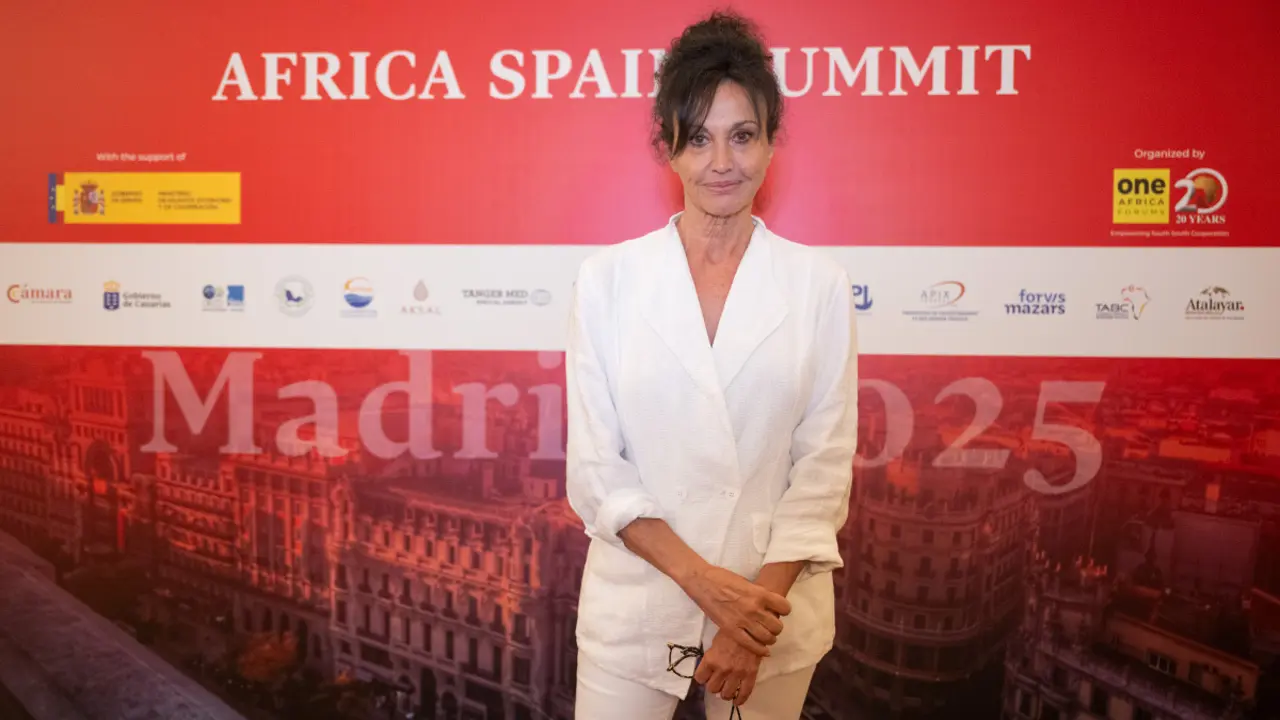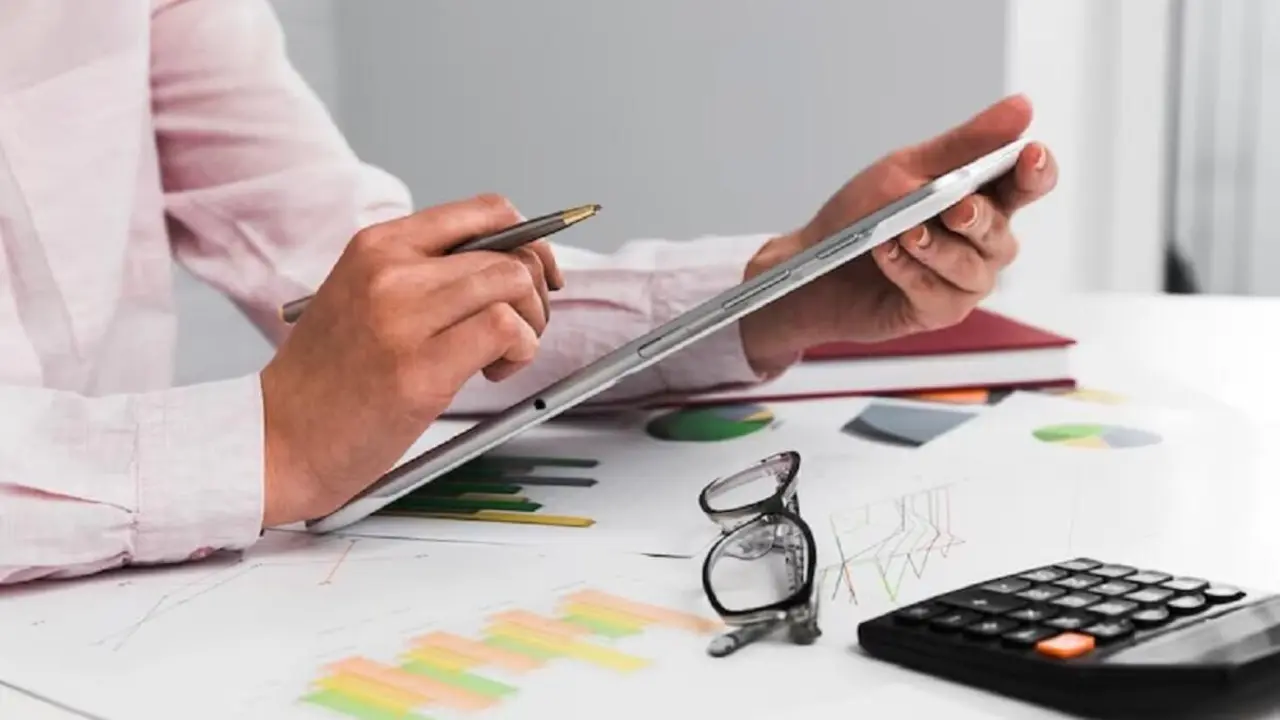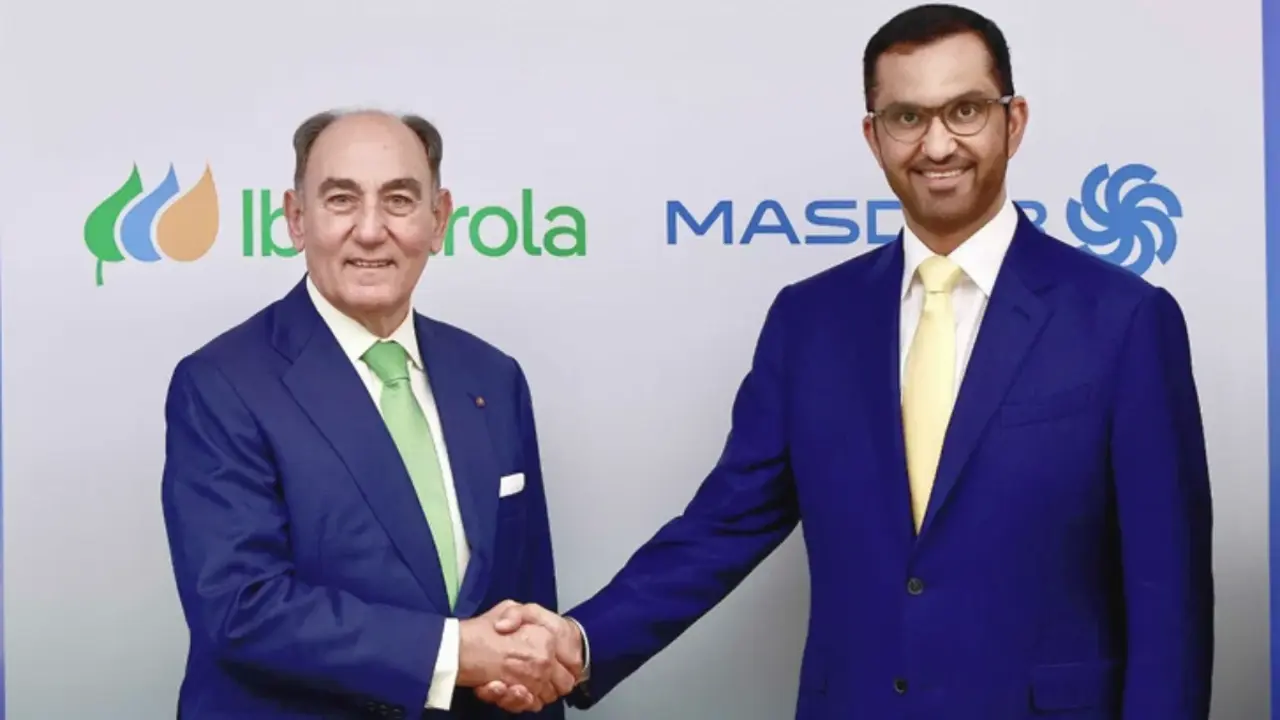"Desert-to-Power”: The Sahel seeks to harness the sun

This past Monday, January 11, the Secretary General of the United Nations, António Guterres, demanded 100 billion dollars appealing to the vulnerability of African countries to climate change. This was framed within the UN Conference on Climate Change, COP26, and during a virtual roundtable of representatives of governments and different development banks and multilateral agencies.
At the meeting, organized by the United Kingdom and Italy, the President of the African Development Bank (AfDB), Akinwumi Adesina, reiterated that this organization would no longer finance coal-based energy projects and took the opportunity to point out that investments in renewable energies have already reached 80% of the bank's investments in the energy sector.
Thus, Adesina highlighted the mega investment project that the African Development Bank has planned for the countries that make up what is known as the Sahel, the transition zone between the southern Sahara desert and the savannah that runs from Senegal to Ethiopia. Known as "Desert-to-Power" (D2P), it aims to expand the electricity supply of the eleven countries of the Sahel through power plants that generate electricity from renewable energy, mainly solar.
This project is not relatively new, since Adesina has been announcing it since the Investment Forum held in November 2018 in Johannesburg, where it announced that the Sahel "will thus become the largest solar energy area on the planet," according to the Central African Information Agency.
With a necessary investment of $ 20,000 million to finance plants that produce electricity from clean sources, it aims to produce 10 GW. The AfDB's own estimates, expect its reach to reach 250 million people, some 90 million of them connected to the network for the first time.
The target is fluctuating between 2025 and 2030, according to the AfDB's own documents and information, and will include the G5 Sahel countries (Burkina Faso, Mali, Mauritania, Niger and Chad), along with six others in sub-Saharan Africa (Djibouti, Eritrea, Ethiopia, Nigeria, Senegal and Sudan). This makes a total of 11 countries that will benefit from a package of investments in clean energy after the signing of the project that the G5 Sahel countries accepted in Ouagadougou, capital of Burkina Faso, in 2019.
The first phase of investment has been absorbed, mainly by the G5 Sahel countries. Thus, last December, the AfDB released grants worth $6.5 million for projects in Chad, Burkina Faso, Niger, Mauritania and Mali through the Sustainable Energy Fund for Sustainable Africa (SEFA).
This group of countries has the highest rate of population excluded from the electricity system. With the exception of Mali, where 50.9% of the population has access to electricity, the rest of the G5 group is less than half the population. Serious cases are Chad and Burkina Faso, where only 11.7 and 14.4 per cent of the population have access to electricity, although Niger with 17 per cent is not far behind either.
So the main projects that the AfDB has under way are in Chad and Burkina Faso. In the former, the project for a photovoltaic plant in Djermaya, 30 kilometres north of N'Djamena - Chad's capital - is expected to produce a total of 32 MW, thus increasing the country's installed capacity and supplying 10% of the energy supplied to the interconnected system, which means around 25,000 customers. In addition to the SEFA grant, the AfDB has provided a ?18 million loan for the development of the plant, as well as a Partial Risk Guarantee (PRG), an instrument intended to protect investors.
Another of the projects included in the Desert-to-Power programme is the one in Burkina Faso, called Yeleen, which aims to produce 52MW by 2024 through four solar energy production plants. With an expected reach of 200,000 households, it aims not only to increase the energy supply but also to diversify it.
Together with projects in Mali, Niger and Mauritania, this first phase of the Desert-to-Power programme hopes to have a total of 3GW of electricity operational by 2030.
For these and other projects, the AfDB has emerged as the main lender and investor. The African Development Bank is a body created in 1964 to promote sustainable economic growth and poverty reduction in Africa. Since then it has been financing development programmes and projects in the form of loans to the public and private sectors.
It is made up of the finance ministers of the 80 countries, meeting under the Board of Governors. 54 of the countries represented on this Board are African and the remaining 27 are not. Thus we find countries such as the United States, Brazil, India, Japan and Saudi Arabia which are part of the AfDB, as well as 16 European countries, including Spain, and which account for more than half of the non-regional countries.
The member countries acquire shares in the bank and thus finance the body based in the Ivory Coast. African countries, as a whole, hold 69% of the shares. The main shareholder countries of the Bank - as of November 2018 - are Nigeria (9.3%), the United States (6.6%), Egypt (5.6%) and Japan (5.5%).
For the development of the D2P programme, the African Development Bank has been assisted by the Green Climate Fund, raised by different countries within the framework of the United Nations Convention on Climate Change in 2010. However, the European Investment Bank, the French Development Agency, the International Renewable Energy Agency (IRENA), Power Africa (of the United States) and Africa50 have also shown their support for the project and committed to financing it.
In the specific case of the plant designed for Burkina Faso, Yeleen, it has been financed jointly by the European Commission and the designated Green Climate Fund.
In short, it is an ambitious project of great dimensions taking into account its extension in the territory and the millions of people it aims to cover. The AfDB itself recognises the high security risks in the area. It also recognises the slow progress made, which is due to the legal frameworks of these countries and the availability of banks. However, it continues its efforts, backed by the declarations of the UN Secretary General, António Guterres, and the need to mitigate the effects of climate change on one of the areas where it is most expected to have an impact.

